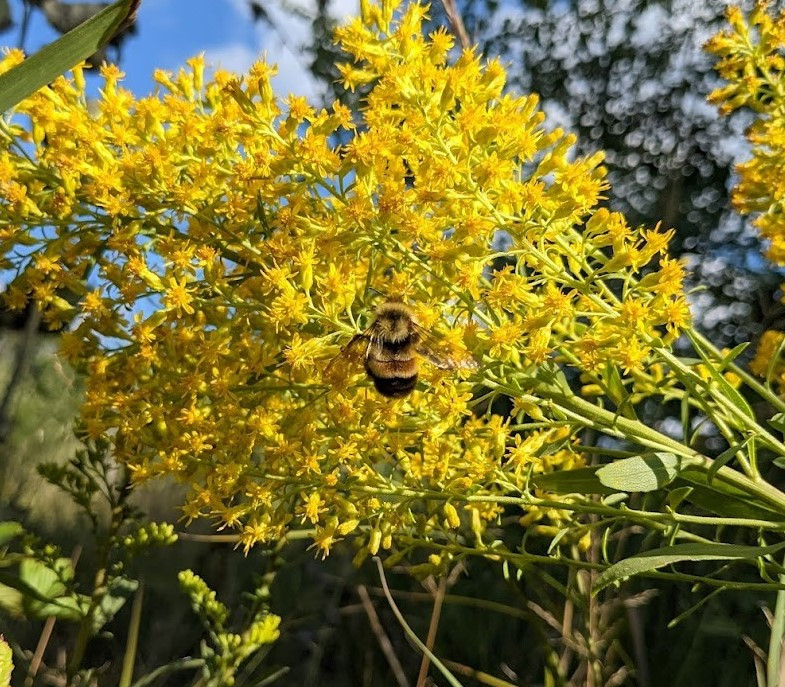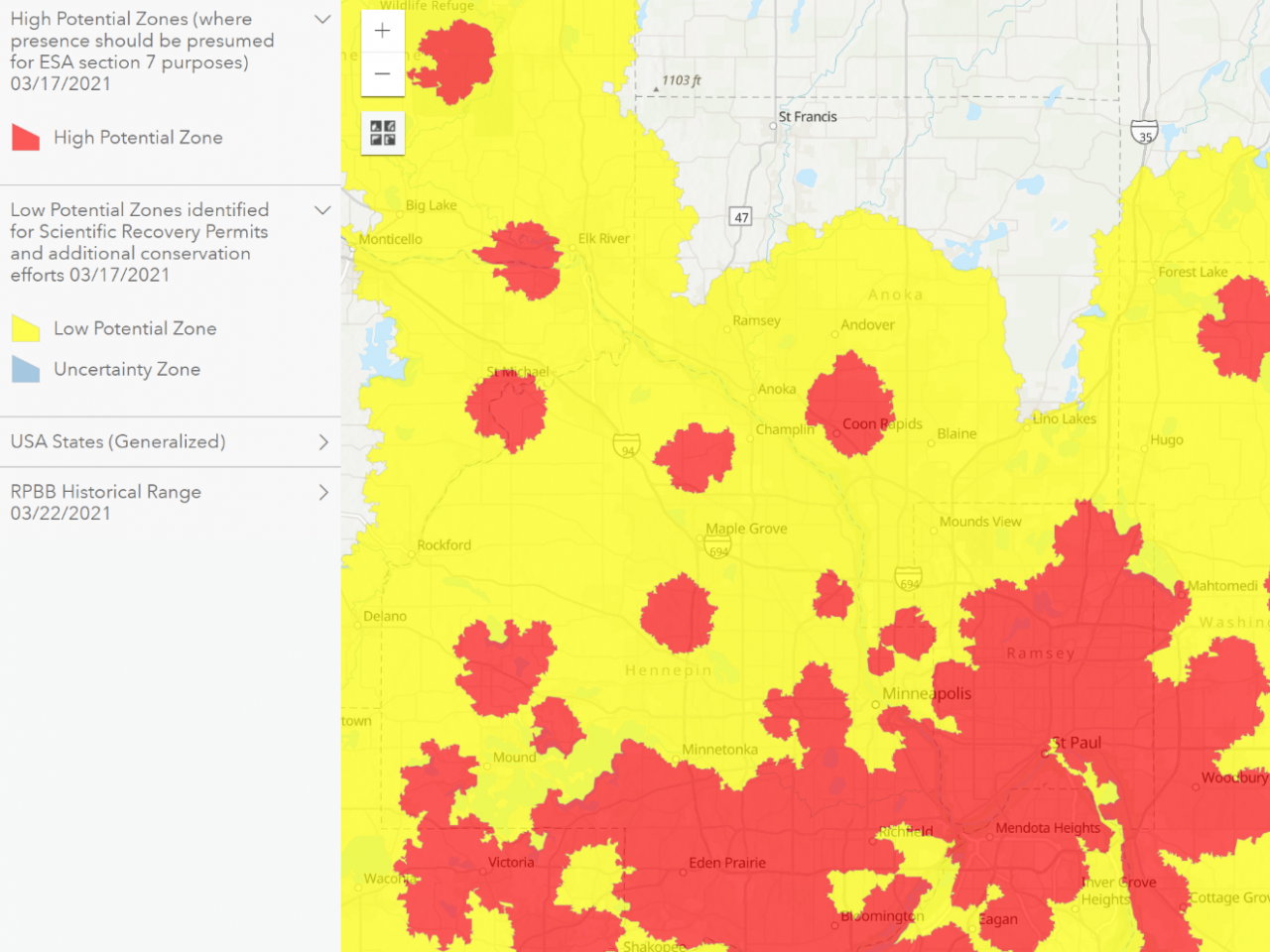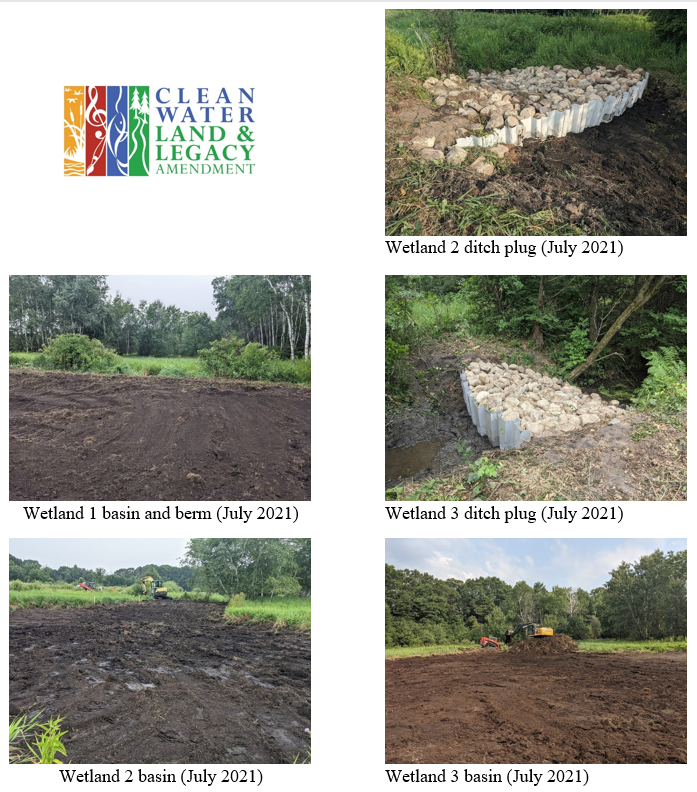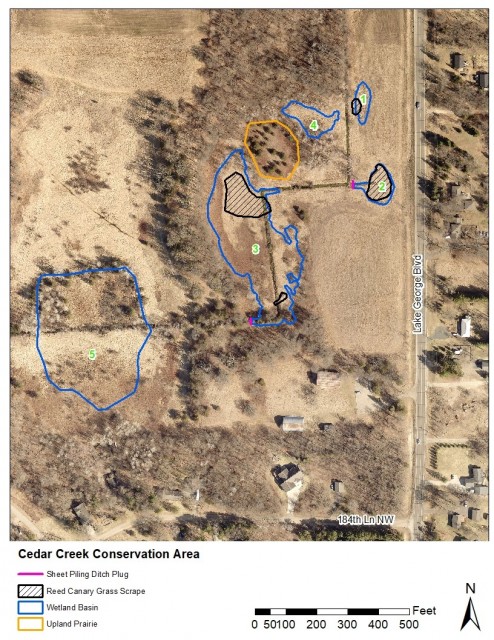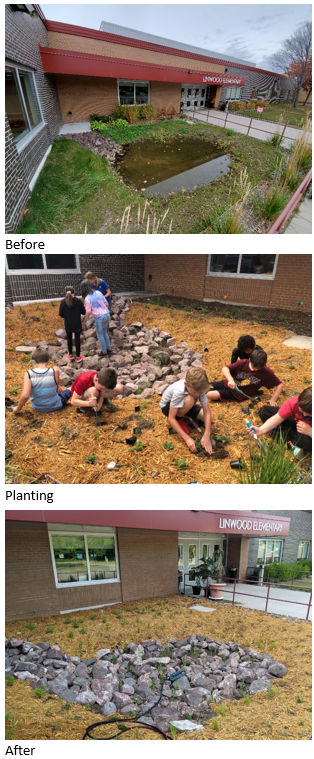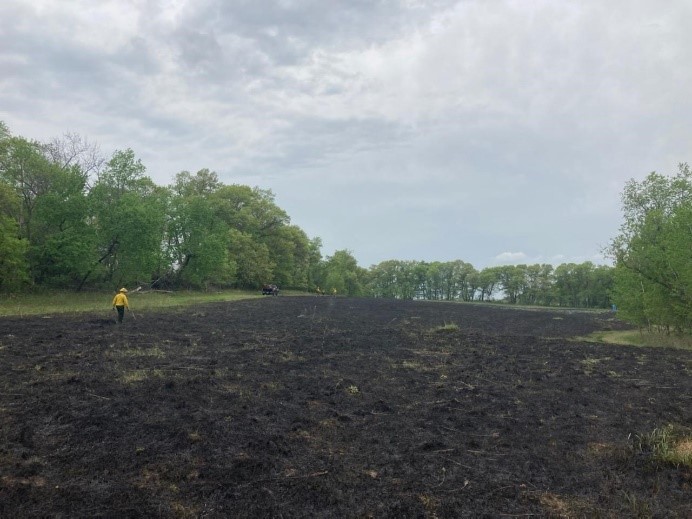Turning a problem into a solution with the Linwood Elementary School rain and pollinator garden.
Construction and expansion took place recently at Linwood Elementary School resulting in a larger roof capturing and sending more rain water to an area in front of the school. This small area is surrounded by the building on two sides, the front sidewalk, and the sidewalk to the main entrance. The additional water produced a large deep puddle for several days and a mud pit after water finally infiltrated. There was a need to improve that area for safety and aesthetics especially since it is in front of the school entrance. The solution: a rain and pollinator garden.
The depressed basin provides a micro example of different hydrologic zones and plant communities ranging from upland plants on the perimeter of the area and wetland plants down in the basin. Parent volunteer, Jennifer Braido took the lead to help facilitate and three 4th grade classes learned about rain gardens so they could create a design for the rain and pollinator garden. ACD staff and Jennifer taught 4th graders about hydrologic zones, plant communities, wetland indicator status, plant adaptations including aerenchyma tissue in wetland plant roots and plant's seasonal bloom times. With all this information, the classes choose their favorite plants for different zones of the garden and did some math to determine how many plants they needed. Another parent volunteer, Robb Johnson, and ACD staff worked to increase water storage capacity by installing a French drain which has reduced the time of standing water after a large rainfall. Finally, the 4th graders were out planting their rain-pollinator garden with the upland species along the edges and the wetland species down in the basin. While they were planting, a monarch butterfly fluttered around appreciating this new habitat. An educational sign is posted to highlight the benefits of rain and pollinator gardens to all that pass by the main entrance to Linwood Elementary School.
